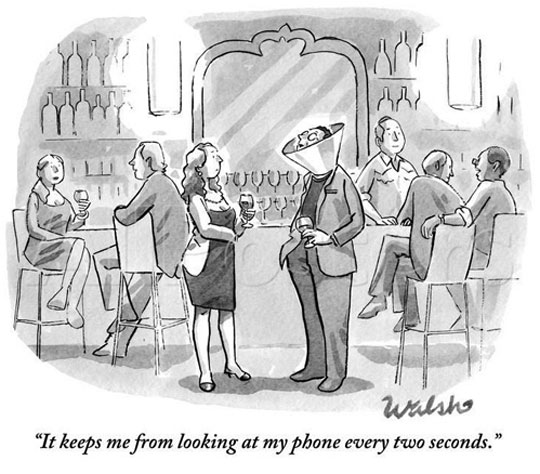First off, I like the idea of BYOD (Bring Your Own Device) in an educational setting. I recognize that there are class problems that can arise from this, since there are absolutely students who don’t have their own phones/tablets/laptops to bring, but if the school can provide devices for the use of those students, then that’s basically problem solved.
This week’s topic discusses the wide uses of mobile devices in the classroom, and specifically the idea that the phone in your pocket isn’t just a phone (it probably rarely gets used for actual phone calls anyways), but it’s also a microphone, a camera, a touch-screen, and access to the internet and apps all in one. I remember back in high school, when working on a video project, I had to borrow camcorders with actual TAPES to make a video project with. Now any student could make a video whenever they wanted with their own device using free software that’s available as long as there’s a web connection.
Of course one of the downsides of allowing mobiles into the classroom is the potential for them to be used as a distraction. This obviously requires addressing in any classroom, since that’s become a staple of classroom management. But to paraphrase the words of one of my old professors, Jason Donev, on the invitation of the use of the internet into the classroom, “I found that by inviting it into the classroom and not having it as something restricted, then that also invites responsible use of it as well.” By actively showing students that their phones can be used as more than just a texting and Youtube device, then they’ll be more likely to use it responsibly and for creative outlets both in and out of the classroom.
I came across this article yesterday, talking about how many schools in Norway have banned cell phone use in schools and have students store them in “mobile hotels” so that they’re safe over the course of the day. The article paints this idea in a very positive light, and as a very progressive act, yet I would argue the opposite. If the emphasis is on tradtional teaching methods, then banning mobiles make sense, but there are so many ways that mobiles can be helpful to student learning that can’t be explored in those schools because of the decisions of the administrators rather than leaving it to the professional judgement of the teachers. It could also be argued that in this day and age of constant technology use, it’s good to get students out from in front of a screen. The argument certainly has some validity, but by enforcing this, we’re also teaching children that technology shouldn’t be used for educational or work purposes; just for use in personal life.
Once again, I come to the idea of classroom management: many teachers feel frustrated with students and their phones, and feel like they need to compete with them. The key to managing any classroom is to have clear expectations and to hold students to those expectations. By letting students know your expectations on the use of technology, all you’re doing is being an effective teacher. I feel that this is the key to the technology in the classroom debate; we need to teach responsible use of technology to our students, and it will open up many new doors for them.
Significant Comments
http://michelleosborneblog.weebly.com/journal/convergence-mobile-devices#comments
http://calewinterneted.weebly.com/blog/topic-10-convergence-and-mobility#comments
